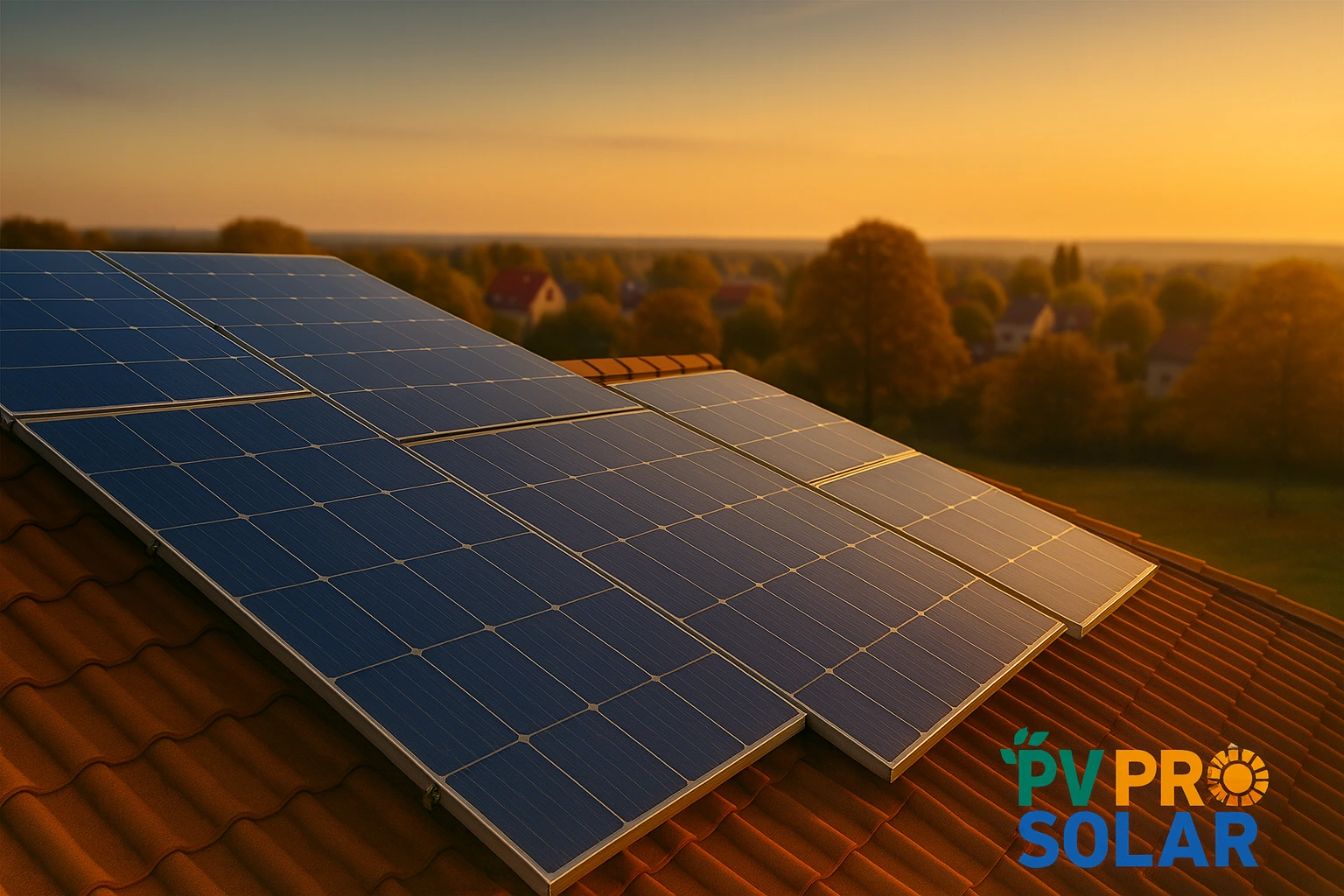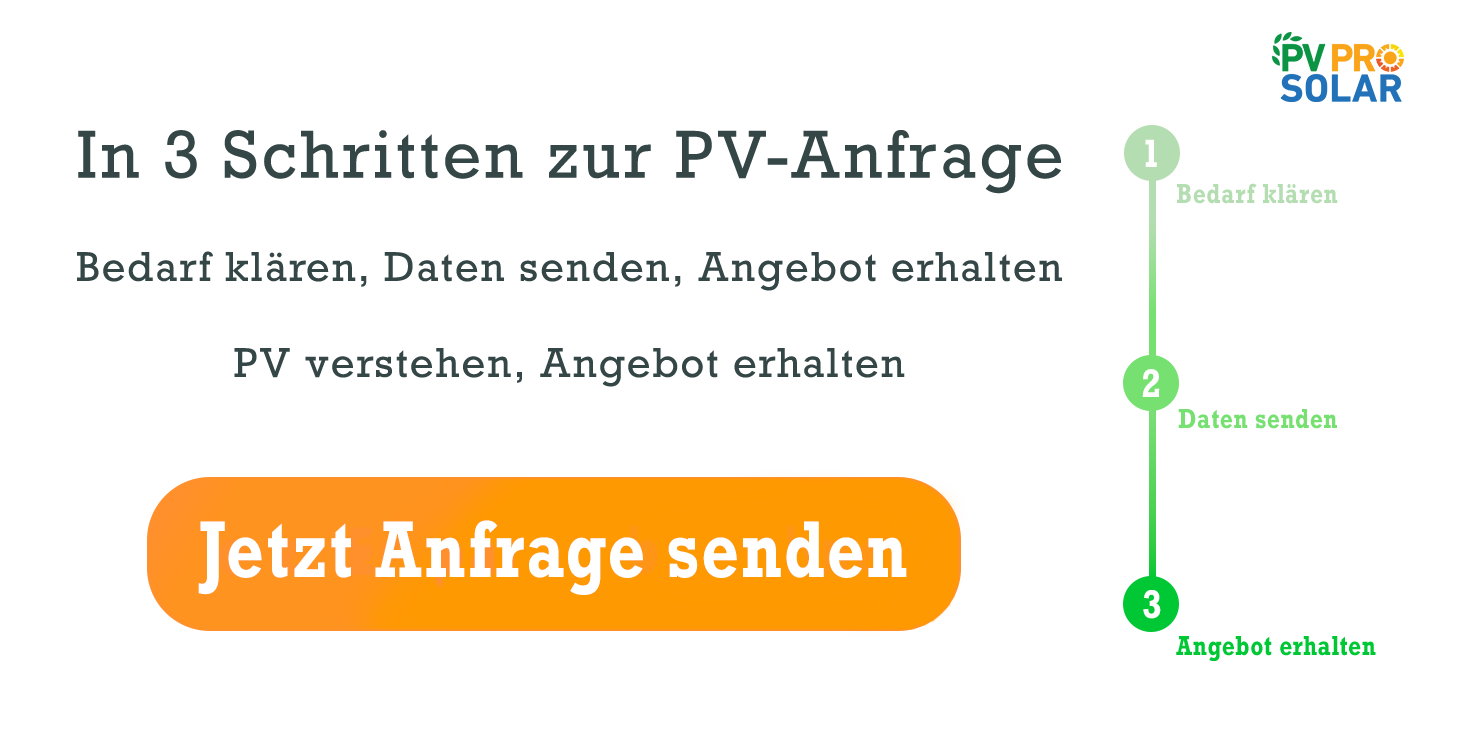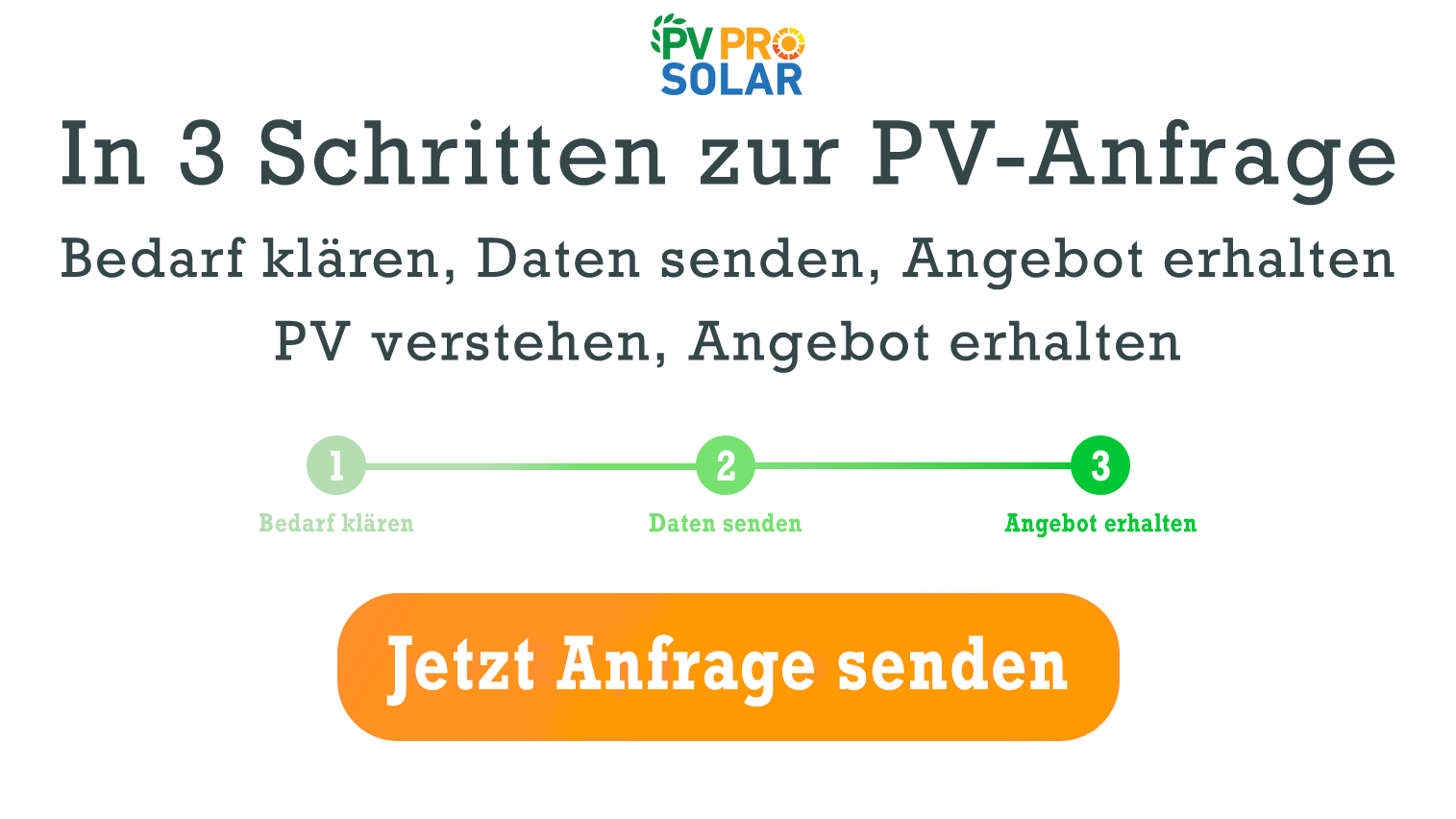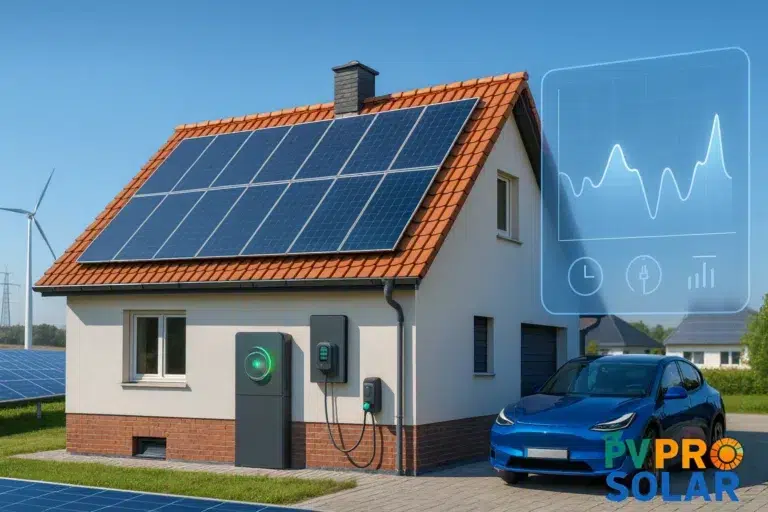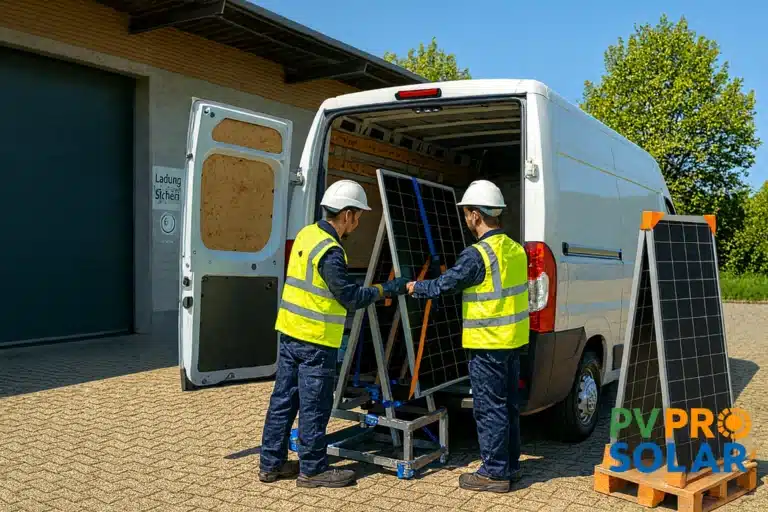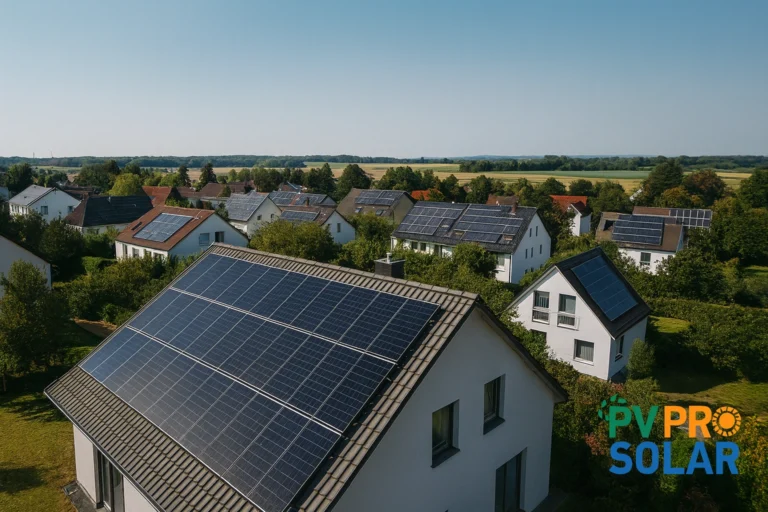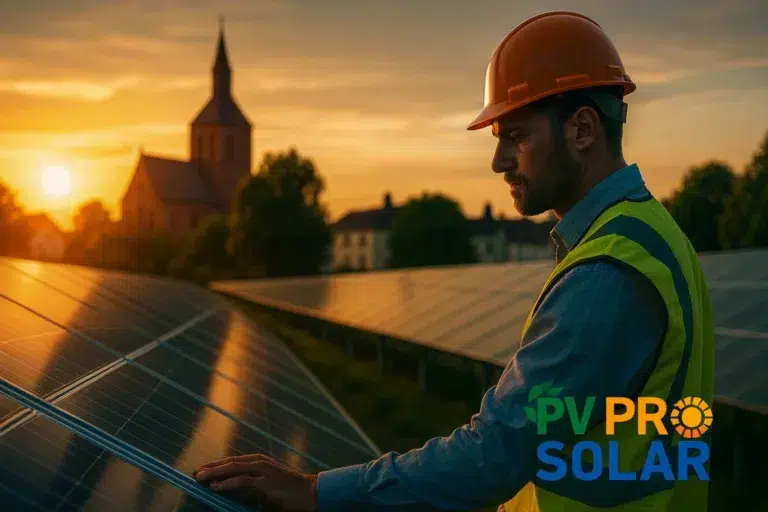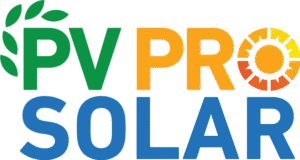What is the lifespan of solar panels in Germany?
The lifespan of solar panels is a key consideration for investing in photovoltaics in Germany. Homeowners, businesses, and industrial clients often ask: How long do solar panels reliably produce electricity? Which factors affect their durability? This article provides comprehensive answers, covering technical details, regional variations, and maintenance recommendations. You will learn practical strategies to maintain your system’s efficiency over time and optimize the cost per kilowatt-hour.
How long do solar panels last in Germany?
Average Lifespan
Solar panels in Germany generally last 25 to 30 years. High-quality models can even last 35 to 40 years.
- Monocrystalline panels: ~30–40 years
- Polycrystalline panels: ~25–35 years
- Thin-film panels: ~20–25 years
Performance Degradation
Annual degradation is typically between 0.5% and 1%. After 25 years, many panels still produce 75–85% of their original capacity.
Efficiency Over Time
Efficiency depends on panel type. Monocrystalline panels lose less performance over time, while thin-film panels degrade faster.
What factors affect the lifespan of solar panels?
Material Quality and Manufacturing
- High-quality glass and frame materials resist environmental effects better.
- Manufacturers like Q-Cells, SolarWorld, and LG Solar offer durable panels with up to 25-year warranties.
Regional Environmental Conditions
- Cities such as Hannover, Bremen, and Wolfsburg benefit from moderate climates.
- Extreme heat or heavy snowfall can accelerate degradation.
- Pollution from industry or agriculture may reduce efficiency.
Installation and Orientation
- Optimal tilt: 30–35 degrees in Germany.
- South-facing panels receive maximum sunlight.
- Uneven installation increases the risk of mechanical damage.
Maintenance and Cleaning
- Annual inspections are recommended.
- Cleaning is important if panels are heavily soiled or covered with bird droppings.
- Maintenance contracts improve long-term performance and lifespan.
How can the lifespan of solar panels be extended?
Professional Installation
- Qualified installers prevent mechanical stress.
- Roof stability should be checked to avoid damage.
Monitoring and Fault Detection
- Modern systems detect performance losses or hotspots early.
- Smart monitoring allows remote maintenance and quick interventions.
Integration with Energy Storage
- Combining panels with batteries reduces load peaks and protects modules.
- Optimizing self-consumption increases financial benefits.
Protection Against Extreme Weather
- Snow guards, lightning rods, and storm protection.
- Coastal installations require protection against salt spray.
Which types of solar panels have the longest lifespan?
Monocrystalline Panels
- Highest efficiency, low degradation.
- Ideal for homes with limited roof space.
Polycrystalline Panels
- Slightly more affordable, moderate efficiency.
- Lifespan: 25–35 years.
Thin-Film Panels
- Flexible and lightweight, but lower performance.
- Lifespan: 20–25 years with faster efficiency loss.
Local Considerations in Germany
Hannover and Lower Saxony
- Average solar radiation: ~1,050–1,100 kWh/m² per year.
- Monocrystalline panels are ideal for long-lasting performance.
Bremen and Wolfsburg
- Wind loads and rainfall can stress panels mechanically.
- Regular maintenance and durable modules recommended.
Regional Incentives
- KfW, BAFA, and state programs support investment in long-lasting panels.
- Subsidies for storage and complete systems improve economic returns.
Technical Aspects and Warranties
Degradation and Warranty
- Most panels come with 25-year performance and product warranties.
- Manufacturers guarantee at least 80% output after 25 years.
Electrical Components
- Inverters often limit system lifespan, typically 10–15 years.
- Replacing inverters ensures panels remain efficient.
Standards and Certifications
- IEC 61215 and IEC 61730 ensure quality and durability.
- TÜV certifications increase safety and reliability.
Economic Considerations
Return on Investment (ROI)
- Longer lifespan reduces cost per kWh.
- High-quality panels pay off faster despite higher upfront costs.
Sustainability and Recycling
- Old panels can be recycled to recover valuable materials.
- Environmentally friendly and supports Germany’s renewable energy transition.
Tips for Homeowners and Businesses
- Choose high-quality panels from reliable manufacturers.
- Ensure professional installation and regular maintenance.
- Use monitoring systems to track performance.
- Plan storage solutions to optimize self-consumption.
- Check regional incentives and tax benefits.
Solar panels in Germany have a lifespan of 25 to 40 years, depending on quality, maintenance, regional conditions, and installation. By carefully selecting panels, performing regular maintenance, ensuring professional installation, and using monitoring systems, homeowners and businesses can maintain system efficiency for decades. Investing in long-lasting panels reduces electricity costs and actively contributes to Germany’s renewable energy transition.
Annual inspections are recommended. Cleaning may be necessary if panels are heavily soiled or affected by bird droppings, industrial pollution, or pollen.
Not necessarily. Many panels still produce 75–85% of their original output after 25 years. Replacement is only needed for significant performance loss or mechanical damage.
Monocrystalline panels with high performance and low degradation are recommended for regions with average solar radiation. How often should solar panels be cleaned?
Do solar panels need to be replaced after 25 years?
Which panels are best for houses in Lower Saxony?
